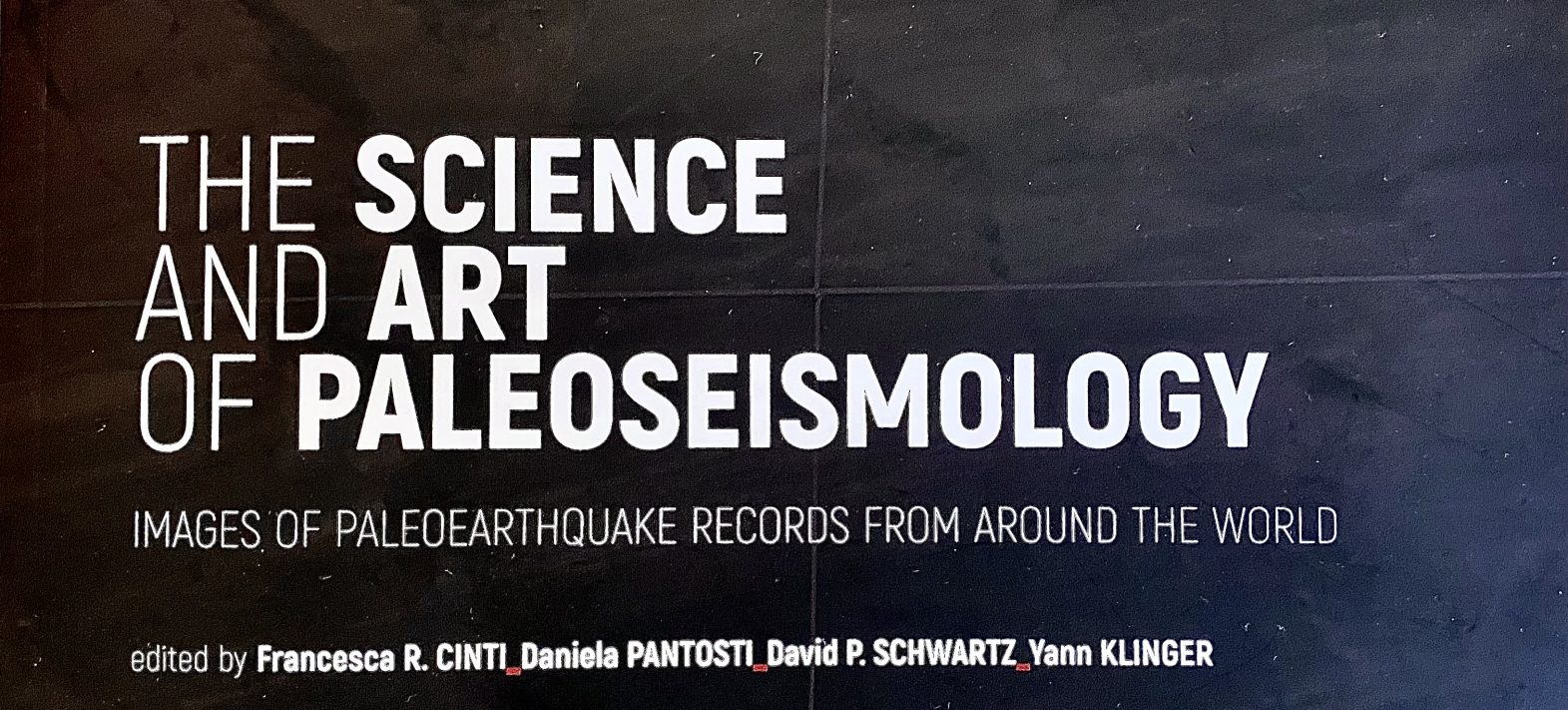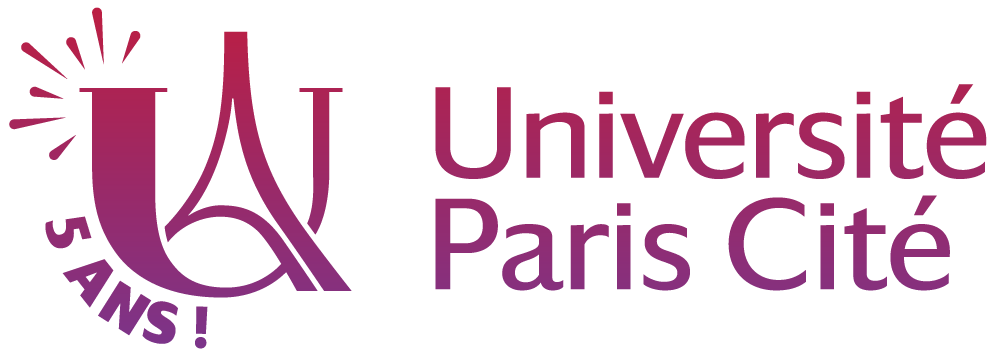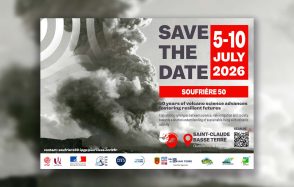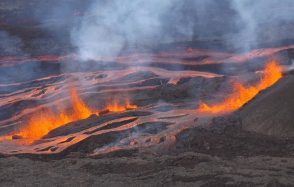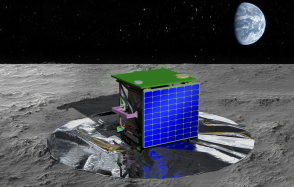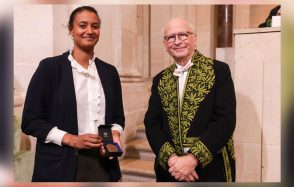The Science and Art of Paleoseismology : a collective work to enrich research and teaching
Paleoseismology aims to understand past earthquakes in order to better predict future ones. This discipline, which is based on the study of the traces left by ancient earthquakes in geological deposits, has just been enriched by a book: The Science and Art of Paleoseismology. The result of collaboration between the Institut de Physique du Globe de Paris (IPGP) and the Istituto Nazionale di Geofisica e Vulcanologia (INGV), this book aims to centralise data that has hitherto been scattered and difficult to access.
